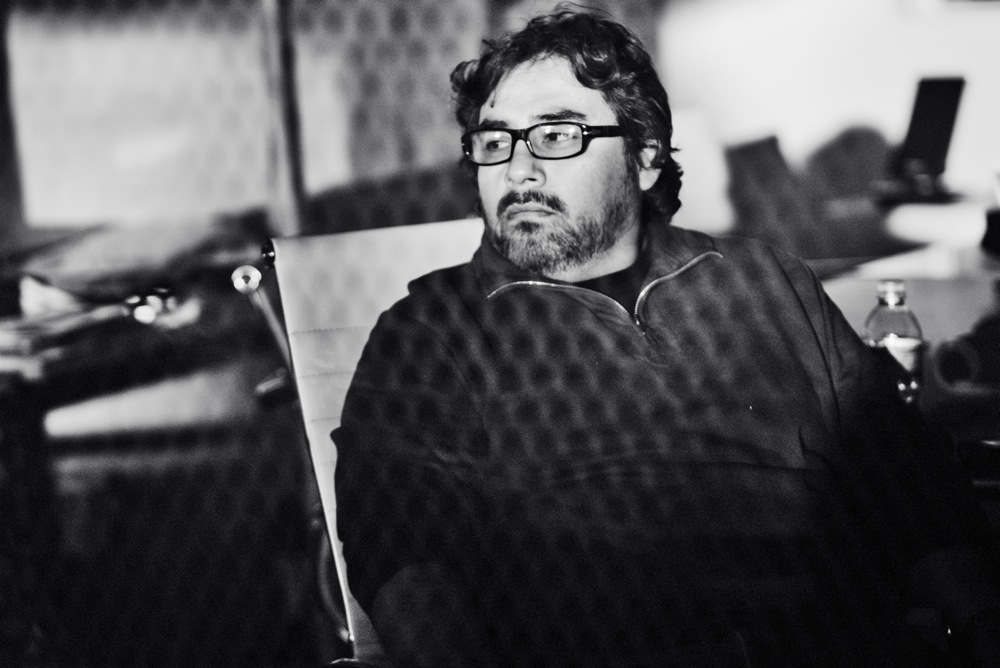Tourism as Thinking Tool
Do you know how to think creatively? What does that even mean? A lot of authors blogs and webinars generate lots of money and buzz around this very simple but misunderstood intention—how to think creatively. Thinking creatively is deceptively simple in that it involves more than using your brain for a task or outcome. It is a physical process working in tandem with carefully practiced thinking skills. We at Oishii Creative encourage everyone—clients, and within our internal culture, to think creatively everyday and this is what we mean:
- Tourism as Thought Process: What do you do when you go to a new city? Most people explore through maps and with feet on the ground. That is, we use a map and walk around getting a lay of the land. We invariably make a few wrong turns; we go back and find where we want to go. Using the same “outsider” mindset to understand a problem we want to solve, an article to write, boards to create or whatever (insert task here) goes along way toward pushing the mind closer toward opening the space for thoughts, ideas and action. Try the following exercise before work: Walk around the out-of-doors of your work -space. Bring nothing with you but a paper and pen.
- Step #1 Walk briefly and notice where your mind wanders: Let loose without censoring yourself: think about the multiple upcoming deadlines, the annoying meeting you want to miss or the best options for lunch. Let your mind loose for five minutes.
- Step #2 Now find something that grabs your attention—a tree, a person, a building—sit or stand near the object and give it your full attention. Think only about that object—this can be hard, but do your best.
- Step #3 Begin writing notes about the object. Write as if this object were completely new to you. Like you are a tourist and you are seeing the object for the first time. Jot down its physical characteristics, its size, shape, scale color etc. No detail is too inconsequential or too small; write everything you notice.
Look at your notes. Did you draw a picture or diagram? Did you record lots of detail or only a few? The goal of the exercise is to generate as many details as possible.
If you took only a few notes or drew with minimal detail on your first excursion, no worries. Practice your tourist skills again tomorrow before work. Practice will train your brain to think actively and generate lots of details about whatever it is your observe, the goal being to bring a fresh and perceptive mind to the day.
We call this the Oishii Tourism as Thought Process, because it takes the best of academic, neuroscience and ethnographic research and synthesizes into a tool kit for approaching problems. And creativity, or learning to “think” creatively is a problem we love to solve.
